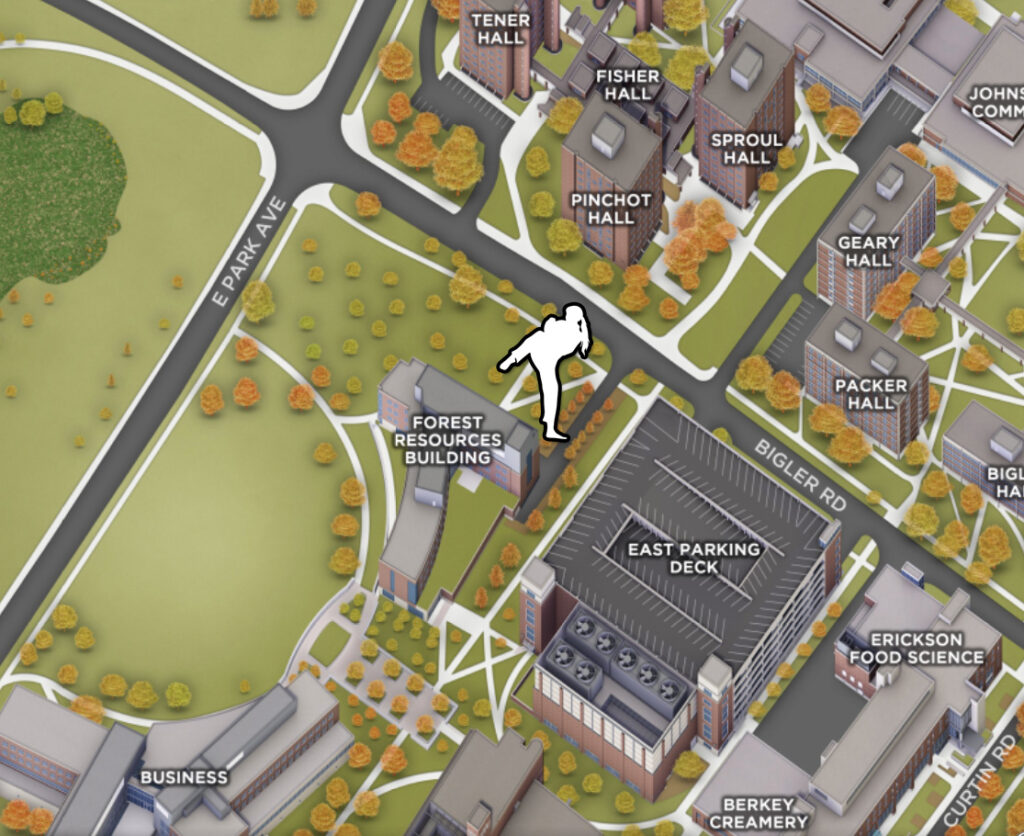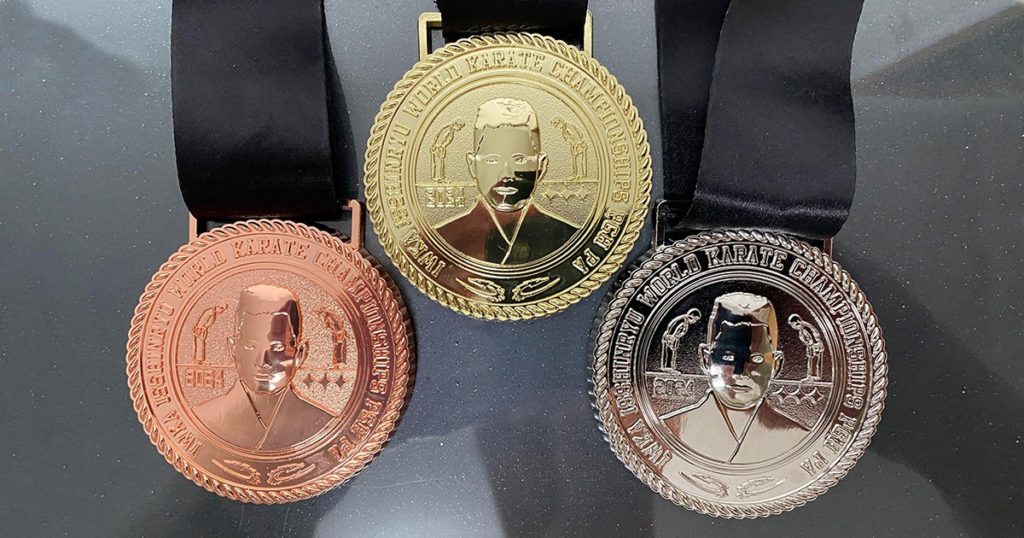Due to PSU Homecoming traffic and activities closer to downtown, we are moving tonight’s Karate practice towards East Halls. Meet in the green space by the East Parking Deck and the Forest Resources Building.


Over a century ago, in the small village of Chan, on a small island in the south pacific, a boy was born. One day he would become a Karate Master whose art would reach beyond the shores of Okinawa and spread across the globe.
“Dragon Man” of Isshin Ryu, Shimabuku Tatsuo Sensei
(September 19, 1908 – May 30, 1975)
Registration for the IWKA 2024 World Karate Championship in Pittsburgh.
Registration Extended to July 26th at Midnight!
https://www.iwka2024.com/registration
The tournament will be held on August 3rd at the Wyndham Grand Hotel in downtown Pittsburgh, Pennsylvania.

IWKA World Championship 2024 will be hosted in Pittsburgh this summer.
August 1st – 3rd.
Upcoming Registration Deadlines:
Regular registration: January 1, 2024 – April 30, 2024
Late registration: May 1, 2024 – July 22, 2024
https://www.iwka2024.com/registration
